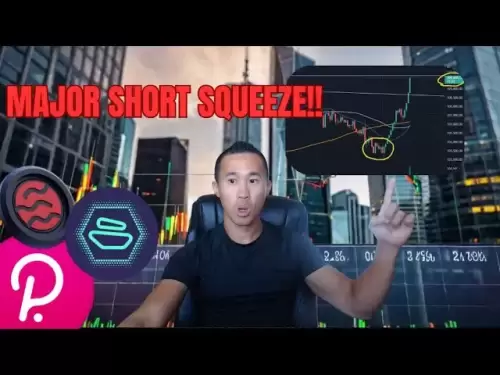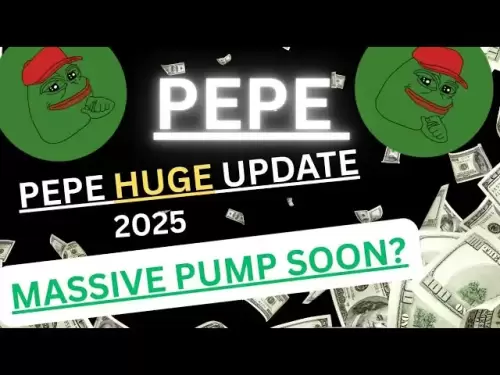-
 Bitcoin
Bitcoin $109,177.6326
2.53% -
 Ethereum
Ethereum $2,584.8670
5.97% -
 Tether USDt
Tether USDt $1.0004
0.02% -
 XRP
XRP $2.2647
3.51% -
 BNB
BNB $661.1888
1.65% -
 Solana
Solana $155.2711
4.46% -
 USDC
USDC $0.9999
0.00% -
 TRON
TRON $0.2828
0.62% -
 Dogecoin
Dogecoin $0.1726
7.64% -
 Cardano
Cardano $0.5955
7.45% -
 Hyperliquid
Hyperliquid $39.9138
5.49% -
 Sui
Sui $2.9523
9.42% -
 Bitcoin Cash
Bitcoin Cash $503.7709
-0.42% -
 Chainlink
Chainlink $13.7043
5.12% -
 UNUS SED LEO
UNUS SED LEO $8.9817
0.37% -
 Avalanche
Avalanche $18.9418
8.05% -
 Stellar
Stellar $0.2421
4.49% -
 Toncoin
Toncoin $2.8918
3.49% -
 Shiba Inu
Shiba Inu $0.0...01203
5.45% -
 Litecoin
Litecoin $89.0597
5.79% -
 Hedera
Hedera $0.1581
7.76% -
 Monero
Monero $323.4281
2.68% -
 Polkadot
Polkadot $3.6028
8.03% -
 Bitget Token
Bitget Token $4.6083
2.64% -
 Dai
Dai $1.0000
0.01% -
 Ethena USDe
Ethena USDe $1.0001
-0.01% -
 Uniswap
Uniswap $7.4784
8.36% -
 Pepe
Pepe $0.0...01043
10.49% -
 Aave
Aave $279.1304
7.36% -
 Pi
Pi $0.4971
1.95%
What does "looks rare" mean for NFTs?
"Looks rare" in NFTs refers to perceived uniqueness, often linked to uncommon traits or rarity scores on platforms like LooksRare.
Jul 03, 2025 at 04:36 am
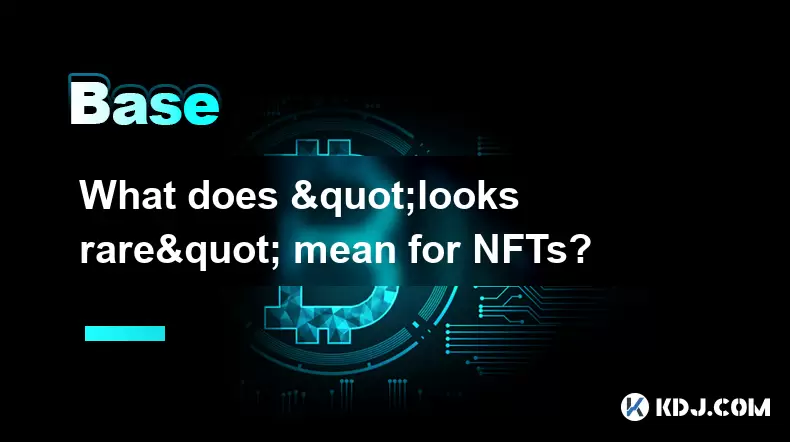
Understanding the Term "Looks Rare" in the NFT Space
In the world of NFTs (Non-Fungible Tokens), users often encounter phrases like "looks rare" when browsing digital collectibles on marketplaces such as OpenSea, Rarity.tools, or LooksRare. This phrase is typically used informally to describe an NFT that appears to possess unique or uncommon traits compared to others within the same collection. While it may sound subjective, in practice, it often ties directly to how rarity is calculated and perceived across different platforms.
When a user says "looks rare", they are usually referring to an NFT whose visual elements or metadata stand out from the rest. However, this perception can vary depending on whether one is evaluating rarity based on on-chain data, visual inspection, or algorithmic scoring systems.
Rarity scoring tools have emerged to quantify what makes an NFT rare, and many of these tools form the basis for why certain NFTs are labeled as "rare" or "looks rare".
How Rarity Is Measured in NFT Collections
The concept of rarity in NFTs is not uniform. It can be assessed through multiple methods:
- Rarity.tools – One of the most popular platforms for calculating trait rarity by analyzing how frequently each attribute appears in a collection.
- CryptoSlam! – Offers insights into floor prices and sales volume, which indirectly reflect rarity perception.
- OpenSea filters – Allow users to sort NFTs by attributes, enabling them to visually identify potentially rare items.
Each tool uses a slightly different formula to determine rarity. For example, some platforms calculate rarity by summing the inverse frequency of each trait present in an NFT. The result is a numerical score that helps buyers and sellers compare assets objectively.
An NFT with high individual trait rarity scores is more likely to be described as "looks rare", even if it hasn’t sold yet or isn't part of a top-tier collection.
Visual Perception vs. Data-Driven Rarity
Sometimes, the phrase "looks rare" originates purely from visual observation. An NFT might feature a combination of colors, accessories, or background elements that catch the eye due to their uniqueness or aesthetic appeal.
However, this type of assessment can be misleading. A visually striking NFT might not actually have rare traits according to data analysis. Conversely, an NFT with a seemingly ordinary appearance could rank highly in terms of statistical rarity.
This discrepancy highlights the importance of verifying rarity through objective tools rather than relying solely on visual judgment.
Users should always cross-reference any "looks rare" claims with actual rarity scores from trusted platforms before making decisions about buying, selling, or trading NFTs.
The Role of Platforms Like LooksRare
The platform LooksRare has played a significant role in popularizing the term "looks rare". It's both a marketplace and a rewards system for NFT traders. On LooksRare, users can easily filter and sort NFTs by rarity scores, making it simpler to identify potentially undervalued or overlooked assets.
The interface encourages users to engage with NFTs that have higher rarity metrics, which often leads to increased attention and activity around those specific tokens. As a result, users browsing on LooksRare may frequently comment that an NFT "looks rare" because the platform emphasizes those characteristics.
LooksRare also allows creators and collectors to track ownership and transfer history on-chain, adding another layer of transparency to rarity evaluation.
Why Does "Looks Rare" Matter?
The phrase "looks rare" matters because rarity often correlates with value. Collectors and investors are generally willing to pay more for NFTs with rarer traits, especially within well-known collections like Bored Ape Yacht Club, CryptoPunks, or Azuki.
In addition, NFTs with high rarity scores can unlock special privileges or benefits, such as access to exclusive communities, events, or airdrops. Therefore, identifying a rare NFT early can lead to significant gains later on.
Being able to recognize and verify rarity is essential for anyone looking to build a valuable NFT portfolio.
It's crucial to understand that while "looks rare" might start as a casual observation, it often leads to deeper analysis and strategic decision-making in the NFT space.
Frequently Asked Questions
Q: Can an NFT be considered rare without having high-value traits?
A: Yes, an NFT might be considered rare if it was minted during a limited-time event, has a low supply, or belongs to a discontinued series. These factors can contribute to rarity outside of standard trait-based scoring.
Q: Are all NFTs evaluated for rarity?
A: No, only NFTs within collections that use identifiable traits and metadata are analyzed for rarity. Single-edition or abstract art NFTs may not have measurable traits and thus aren't scored using traditional rarity tools.
Q: How do I check if my NFT is rare?
A: You can use platforms like Rarity.tools, OpenSea filters, or LooksRare to analyze your NFT’s traits and view its rarity score. Always ensure you're using a reputable service for accurate results.
Q: Is rarity the only factor in determining an NFT’s value?
A: No, while rarity plays a major role, other factors such as brand recognition, utility, artist reputation, and community engagement also influence an NFT’s overall value.
Disclaimer:info@kdj.com
The information provided is not trading advice. kdj.com does not assume any responsibility for any investments made based on the information provided in this article. Cryptocurrencies are highly volatile and it is highly recommended that you invest with caution after thorough research!
If you believe that the content used on this website infringes your copyright, please contact us immediately (info@kdj.com) and we will delete it promptly.
- Meme Coin Mania: Is BTC Bull the Next Big Thing in a Limited Time BTC Bull Run?
- 2025-07-03 12:30:11
- Bitcoin Soars to $109,000: What's Fueling the Crypto Rally?
- 2025-07-03 10:30:13
- Splatterhouse Rocks Retro Scene: A UK Magazine Deep Dive
- 2025-07-03 12:30:11
- Bitcoin, the Senate Bill, and $107K: A Wild Ride on Capitol Hill
- 2025-07-03 12:50:11
- Chainlink's Chart Patterns Hint at a Big Move: Decoding the LINK Price
- 2025-07-03 10:50:12
- Shiba Inu, Solana Uptrend, Bitcoin Breakout: Decoding the Crypto Buzz
- 2025-07-03 10:50:12
Related knowledge
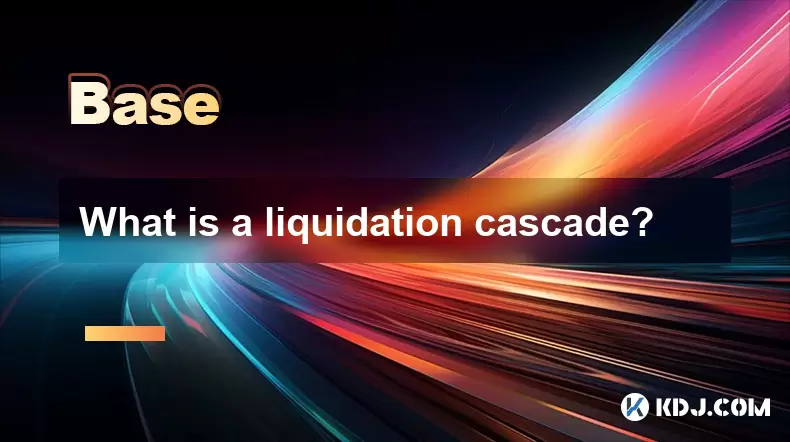
What is a liquidation cascade?
Jul 03,2025 at 07:15am
Understanding the Concept of LiquidationIn the realm of cryptocurrency trading, liquidation refers to the process by which a trader's position is automatically closed due to insufficient funds to maintain the leveraged trade. This typically occurs when the market moves against the trader's position and their account equity falls below the required maint...
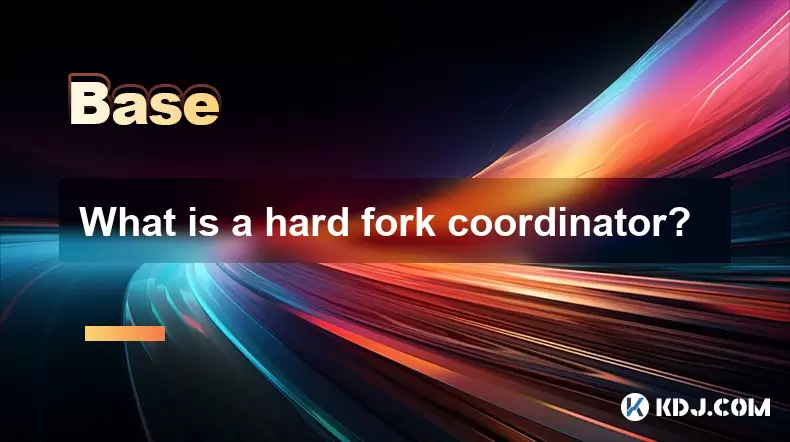
What is a hard fork coordinator?
Jul 03,2025 at 12:42pm
Understanding the Role of a Hard Fork CoordinatorIn the world of blockchain and cryptocurrencies, a hard fork coordinator plays a critical role during major network upgrades. A hard fork is a significant change to a blockchain’s protocol that makes previously invalid blocks or transactions valid (or vice versa). This type of upgrade requires all nodes o...
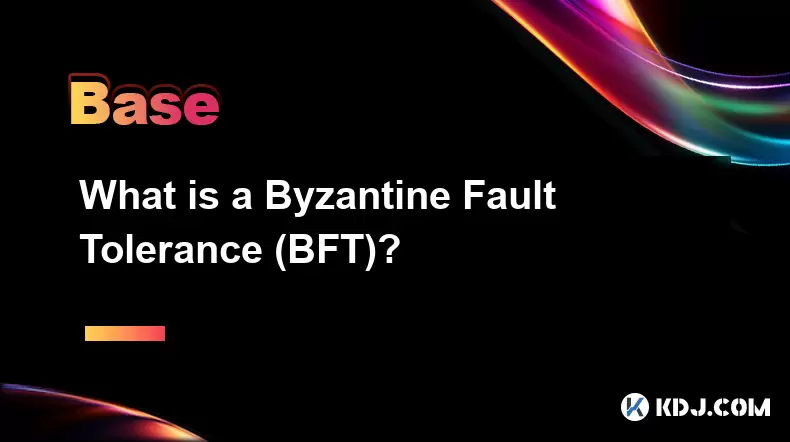
What is a Byzantine Fault Tolerance (BFT)?
Jul 03,2025 at 11:49am
Understanding the Concept of Byzantine Fault ToleranceByzantine Fault Tolerance (BFT) is a critical concept in distributed systems, particularly within the realm of blockchain technology and cryptocurrencies. It refers to the ability of a system to continue functioning correctly even when some components fail or behave maliciously. The term originates f...
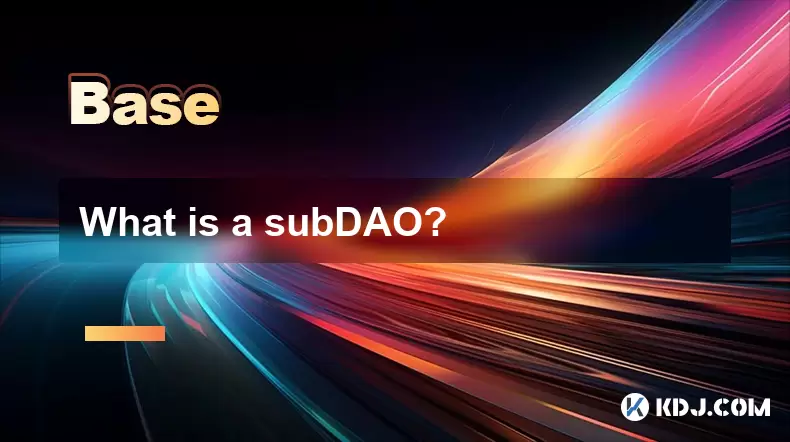
What is a subDAO?
Jul 03,2025 at 09:36am
Understanding the Concept of SubDAOA SubDAO, short for Sub-Decentralized Autonomous Organization, is a specialized entity that operates under the umbrella of a larger DAO (Decentralized Autonomous Organization). It functions with its own set of rules, governance mechanisms, and tokenomics while remaining aligned with the overarching goals of the parent ...
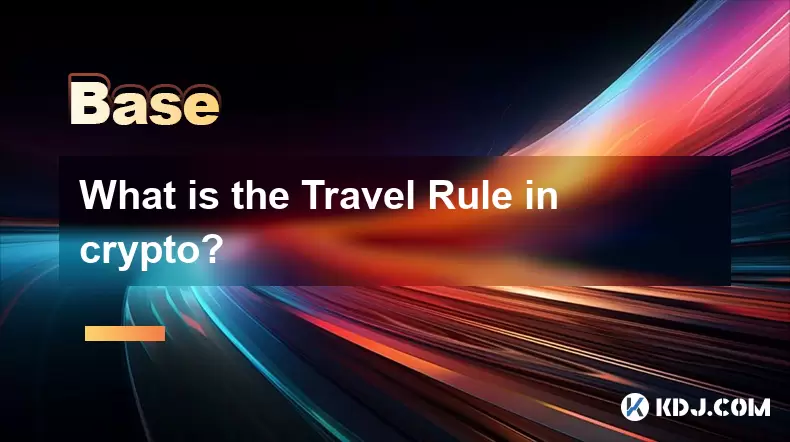
What is the Travel Rule in crypto?
Jul 03,2025 at 10:28am
Understanding the Travel Rule in CryptocurrencyThe Travel Rule is a regulatory requirement initially introduced by the Financial Action Task Force (FATF) for traditional financial institutions. It has since been extended to cryptocurrency transactions, especially those involving Virtual Asset Service Providers (VASPs). The core purpose of this rule is t...

What is undercollateralized lending?
Jul 03,2025 at 12:14pm
Understanding the Basics of Undercollateralized LendingUndercollateralized lending refers to a type of loan agreement in which the borrower provides less collateral than the value of the loan they are receiving. This contrasts sharply with traditional DeFi (Decentralized Finance) lending models, where users must deposit more than the amount they wish to...

What is a liquidation cascade?
Jul 03,2025 at 07:15am
Understanding the Concept of LiquidationIn the realm of cryptocurrency trading, liquidation refers to the process by which a trader's position is automatically closed due to insufficient funds to maintain the leveraged trade. This typically occurs when the market moves against the trader's position and their account equity falls below the required maint...

What is a hard fork coordinator?
Jul 03,2025 at 12:42pm
Understanding the Role of a Hard Fork CoordinatorIn the world of blockchain and cryptocurrencies, a hard fork coordinator plays a critical role during major network upgrades. A hard fork is a significant change to a blockchain’s protocol that makes previously invalid blocks or transactions valid (or vice versa). This type of upgrade requires all nodes o...

What is a Byzantine Fault Tolerance (BFT)?
Jul 03,2025 at 11:49am
Understanding the Concept of Byzantine Fault ToleranceByzantine Fault Tolerance (BFT) is a critical concept in distributed systems, particularly within the realm of blockchain technology and cryptocurrencies. It refers to the ability of a system to continue functioning correctly even when some components fail or behave maliciously. The term originates f...

What is a subDAO?
Jul 03,2025 at 09:36am
Understanding the Concept of SubDAOA SubDAO, short for Sub-Decentralized Autonomous Organization, is a specialized entity that operates under the umbrella of a larger DAO (Decentralized Autonomous Organization). It functions with its own set of rules, governance mechanisms, and tokenomics while remaining aligned with the overarching goals of the parent ...

What is the Travel Rule in crypto?
Jul 03,2025 at 10:28am
Understanding the Travel Rule in CryptocurrencyThe Travel Rule is a regulatory requirement initially introduced by the Financial Action Task Force (FATF) for traditional financial institutions. It has since been extended to cryptocurrency transactions, especially those involving Virtual Asset Service Providers (VASPs). The core purpose of this rule is t...

What is undercollateralized lending?
Jul 03,2025 at 12:14pm
Understanding the Basics of Undercollateralized LendingUndercollateralized lending refers to a type of loan agreement in which the borrower provides less collateral than the value of the loan they are receiving. This contrasts sharply with traditional DeFi (Decentralized Finance) lending models, where users must deposit more than the amount they wish to...
See all articles





















